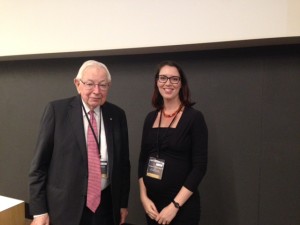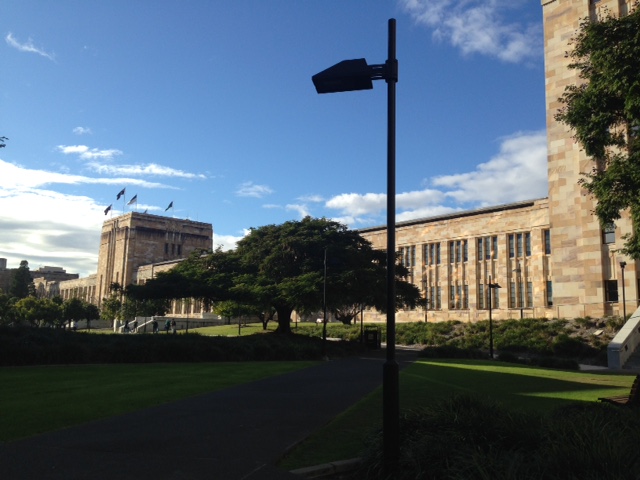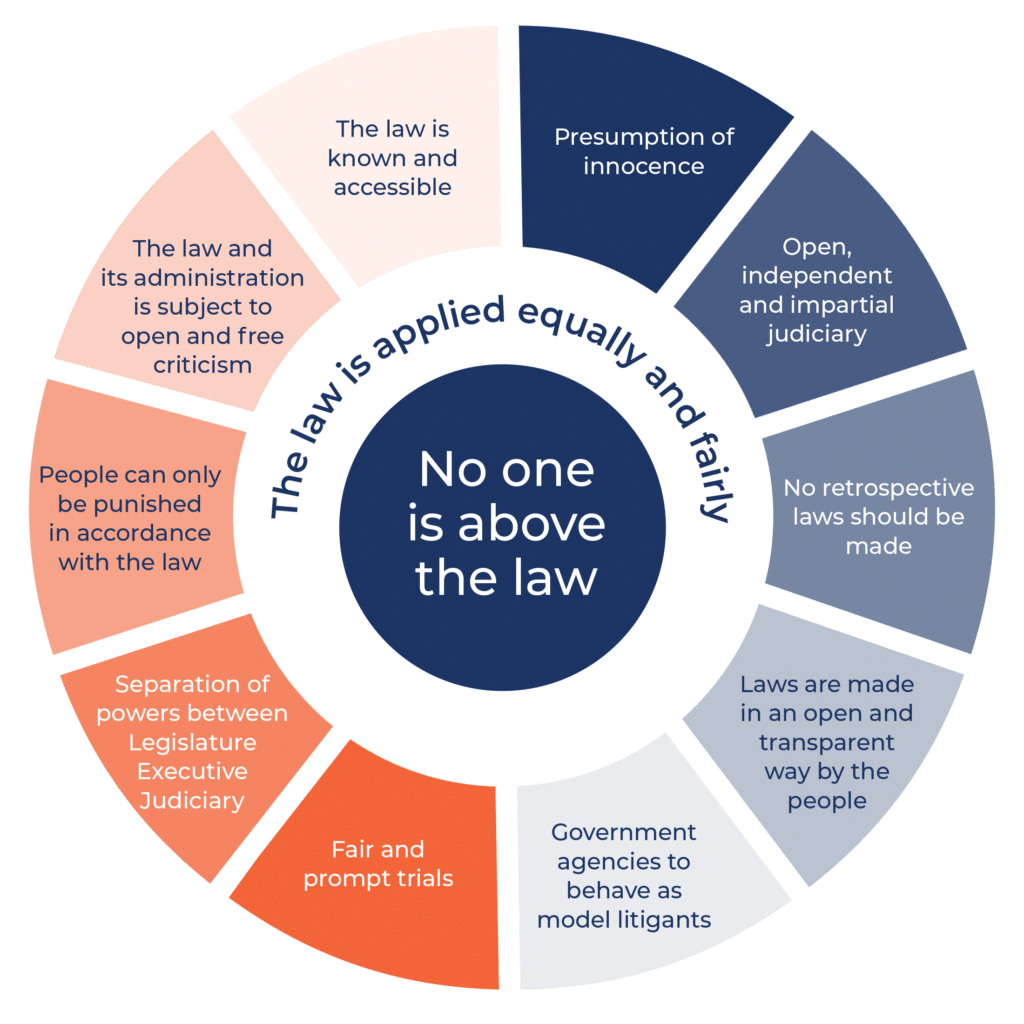
The Honourable Sir Anthony Mason and Dr Rebecca Ananian-Welsh
Judicial independence as it is today began in 1701. The Australian Constitution in Sec 72 guarantees the independence of federal and state judges. The purpose of is that judges are not intimidated by the executive. Now the concept has wider scope and includes independence from media and other external “threats”. Institutional independence of courts is challenged by reliance on funding from government for the operation of the courts. Depriving a court of its funding could be a serious threat to judicial independence as changing judicial remuneration. Judicial independence can mean many things, including not influenced by others, this is the more common definition now. The object of judicial independence is to preserve impartiality, free from partisanship and ideological commitment. Justice Scalia of the Supreme Court of the United States identifies three views of what judicial independence is, ” a lack of bias”, ” lack of preconception”, ” open-mindedness” .He then went on to talk about multi-member courts and retaining judicial independence for individual judges.
Former High Court Justice The Hon Dyson Heydon identifies the concept of the “enemy within” in his speech Threats to Judicial Independence ‘The Enemy Within’, he speaks of a dominating judge impacting on judicial independence. Sir Anthony pointed out that in this context there need be two conditions for judicial independence to be under threat, a dominating judge and “sheep-like” colleagues who accept the view of the dominating judge. Intellectual leadership does not threaten judicial independence. When we look for new judges, we should only have candidates who are known for their independence. Collaboration in the production of judgments is favoured by Sir Anthony but needs to work alongside the right of the individual judges to hold their own views and express them. Dissenting judges have a responsibility to outline why they are dissenting when they write an individual judgement. Collective judgments can be problematic as it is hard to know who contributed what to the judgement. However, when the judgement contains the provision of a statement that all judges have contributed to the judgment, in the experience of Sir Anthony there is true collaboration.In the future Sir Anthony feels that”Maybe we need to have a redefinition of judicial power” to include judges making public statements about legal issues and being able to exercise their independence for the benefit of the law and the people.



